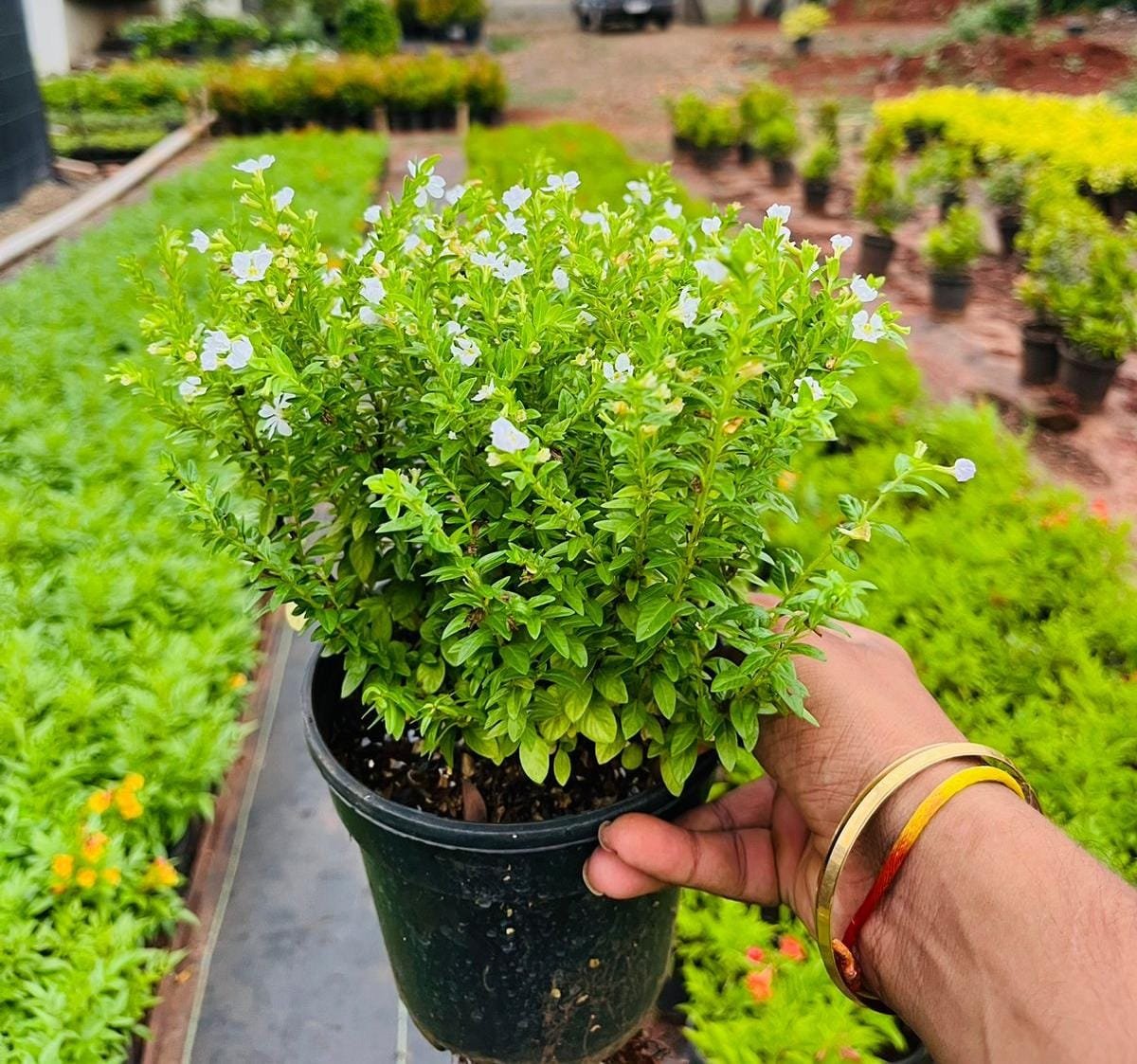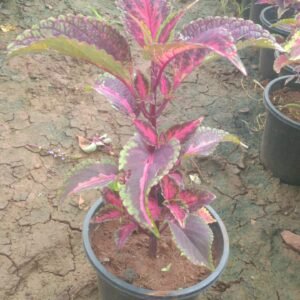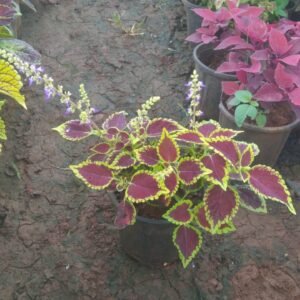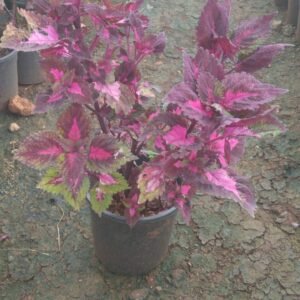Khupiya White, commonly known as White Aglonema or Chinese Evergreen, is a captivating houseplant beloved for its striking appearance and ease of care. This perennial evergreen, belonging to the Araceae family, is native to tropical regions of Southeast Asia. Its glossy, lance-shaped leaves, often adorned with stunning patterns of white, silver, and green, make it a popular choice for both indoor and outdoor spaces. The Khupiya White is not just a plant; it’s a statement piece that adds a touch of elegance and tranquility to any environment.
Appearance
Khupiya White is characterized by its attractive foliage, which features deep green leaves with prominent white or silver markings. The contrast between the dark green and the light-colored patterns creates a visually striking effect that can brighten any space. The leaves are typically oval-shaped and can grow to be quite large, making the plant a substantial presence in any room.
In addition to its beautiful leaves, Khupiya White may produce small, inconspicuous flowers, but the primary appeal of this plant lies in its stunning foliage rather than its blooms. The plant’s compact growth habit makes it suitable for various settings, from tabletops to larger floor displays.
Cultivation and Care
Caring for Khupiya White is relatively straightforward, making it an excellent choice for both novice and experienced plant enthusiasts. Here are some essential tips for successfully growing this elegant houseplant:
- Light: Khupiya White prefers bright, indirect light but can tolerate low light conditions. However, too much direct sunlight can scorch the leaves, leading to discoloration. A north or east-facing window is ideal for this plant.
- Soil: A well-draining potting mix is crucial for Khupiya White. A blend of peat moss, perlite, and standard potting soil works well, providing the necessary aeration while retaining some moisture.
- Watering: Water the plant when the top inch of soil feels dry. It’s important to avoid overwatering, as this can lead to root rot. Ensure the pot has drainage holes to allow excess water to escape.
- Humidity: Khupiya White enjoys higher humidity levels typical of its tropical origins. If your home is dry, especially during winter, consider using a humidifier or placing the pot on a tray filled with pebbles and water to maintain moisture around the plant.
- Temperature: This plant thrives in temperatures between 65°F to 80°F (18°C to 27°C). Protect it from cold drafts and sudden temperature fluctuations, which can stress the plant.
- Fertilizing: During the growing season (spring and summer), feed Khupiya White with a balanced, water-soluble fertilizer every 4 to 6 weeks to support healthy growth. Reduce fertilization in the fall and winter when the plant’s growth slows.
Uses and Benefits
Khupiya White is not just an ornamental plant; it offers several benefits as well:
- Ornamental Value: With its striking foliage and compact size, Khupiya White makes an excellent addition to any indoor space. It can be used in various decorative arrangements, as a tabletop plant, or as part of a larger plant display.
- Air Purification: Like many houseplants, Khupiya White can help improve indoor air quality by filtering out harmful toxins and releasing oxygen, contributing to a healthier living environment.
- Low Maintenance: With its relatively low care requirements, Khupiya White is an excellent choice for busy individuals or those new to houseplants.
Common Issues
While Khupiya White is generally resilient, it can encounter some common challenges:
- Pests: Keep an eye out for common pests such as spider mites, mealybugs, and aphids. Regular inspections and prompt treatment can help keep the plant healthy.
- Yellowing Leaves: If the leaves begin to yellow, it may indicate overwatering, insufficient light, or nutrient deficiency. Adjust your care routine as needed to restore the plant’s health.
- Leaf Drop: Sudden leaf drop can occur due to environmental stress, such as temperature fluctuations or insufficient humidity. Monitor the conditions and adjust your care practices accordingly.






Reviews
There are no reviews yet.